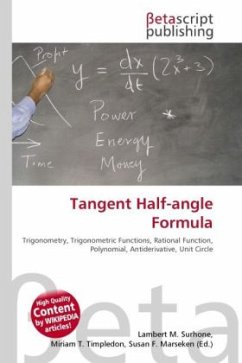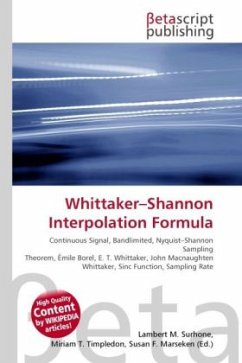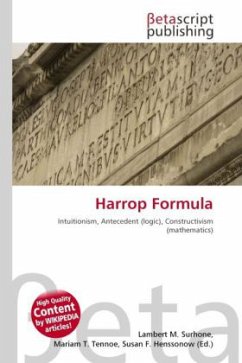High Quality Content by WIKIPEDIA articles! In the stochastic calculus, Tanaka's formula states that B_t = int_0^t sgn(B_s), dB_s + L_t where Bt is the standard Brownian motion, sgn denotes the sign function sgn (x) = begin{cases} +1, & x geq 0; -1, & x 0. end{cases} and Lt is its local time at 0 (the local time spent by B at 0 before time t) given by the L2-limit L_{t} = lim_{varepsilon downarrow 0} frac1{2 varepsilon} { s in [0, t] B_{s} in (- varepsilon, + varepsilon) } . Tanaka's formula is the explicit Doob Meyer decomposition of the submartingale Bt into the martingale part (the integral on the right-hand side), and a continuous increasing process (local time). It can also be seen as the analogue of Ito's Lemma for the (nonsmooth) absolute value function f(x) = x , with f'(x) = sgn(x) and f''(x) = 2 (x); see local time for a formal explanation of the Ito term.
Bitte wählen Sie Ihr Anliegen aus.
Rechnungen
Retourenschein anfordern
Bestellstatus
Storno








